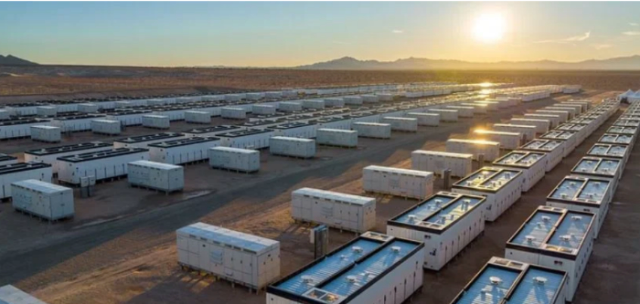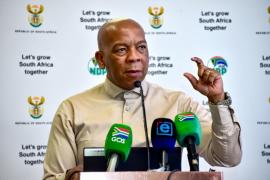By Cwayita Kweyi
On 4 April 2025, the South Africa Transmission Infrastructure Investment Forum brought together key decision makers, including the Minister of Electricity and Energy, Dr Kgosientsho Ramokgopa, alongside industry leaders, financiers, and developers. The forum laid the groundwork for PPPs in energy transmission, driven in part by the Minister’s bold and pragmatic outlook.
With Bid Windows 6 and 7 leaving nearly 6GW of projects stranded due to a lack of grid access, the transmission bottleneck has become the Achilles’ heel of South Africa’s energy transition. The Transmission Development Plan outlines the need for 14,500 km of new transmission lines by 2034, requiring delivery to scale up to meet the required average of 1,450 km/year from the current average of 300 km/year.
Recognising Eskom’s constrained balance sheet and limited implementation capacity, the Department of Electricity and Energy (DoEE) has turned to the private sector to bridge the gap through a new model:
Independent Transmission Projects (ITPs), borrowing from the Renewable Energy Independent Power Producer Procurement Programme that has unlocked over R300 billion in private investment.
The ITP model sets the stage for 1,164 km of privately financed and operated transmission lines in its first phase, unlocking over 3,200 MW in the Northern Cape, the North West, and Gauteng. These projects are late stage (environmental and land permits largely acquired), making them bid-ready and ideal for near-term capital deployment.
The DoEE will manage the tender process, while the National Transmission Company of South Africa will be the only buyer.
To make these projects more bankable, the National Treasury is launching the Credit Guarantee Vehicle (CGV), a game-changer for PPPs in the infrastructure space. The CGV will guarantee payment and termination risks, easing concerns over Eskom’s past off-take reliability.
The CGV is targeting circa US$500 million in initial capital, backed by blended finance from global DFIs, including the World Bank, IFC, MIGA, and JETP partners. Its AAA target credit rating and independent governance model aim to lower the cost of capital, attract blended finance, and build investor trust, particularly for long-term Build-Own-Operate-Transfer style concessions.
This is not another pipe dream or policy draft. The draft Electricity Transmission Regulations, released on 3 April 2025, formalise a legal framework for transparent procurement, enforceable Transmission Service Agreements, and guaranteed cost recovery. For developers, this provides commercial clarity. For investors, it reduces regulatory fog. For energy contractors and manufacturers, it’s the birth of a pipeline with significant forecasted local spend of R 390 billion over the next decade.
The roadmap is set, risk tools are in place, and the private sector is officially invited to power South Africa’s energy future.










